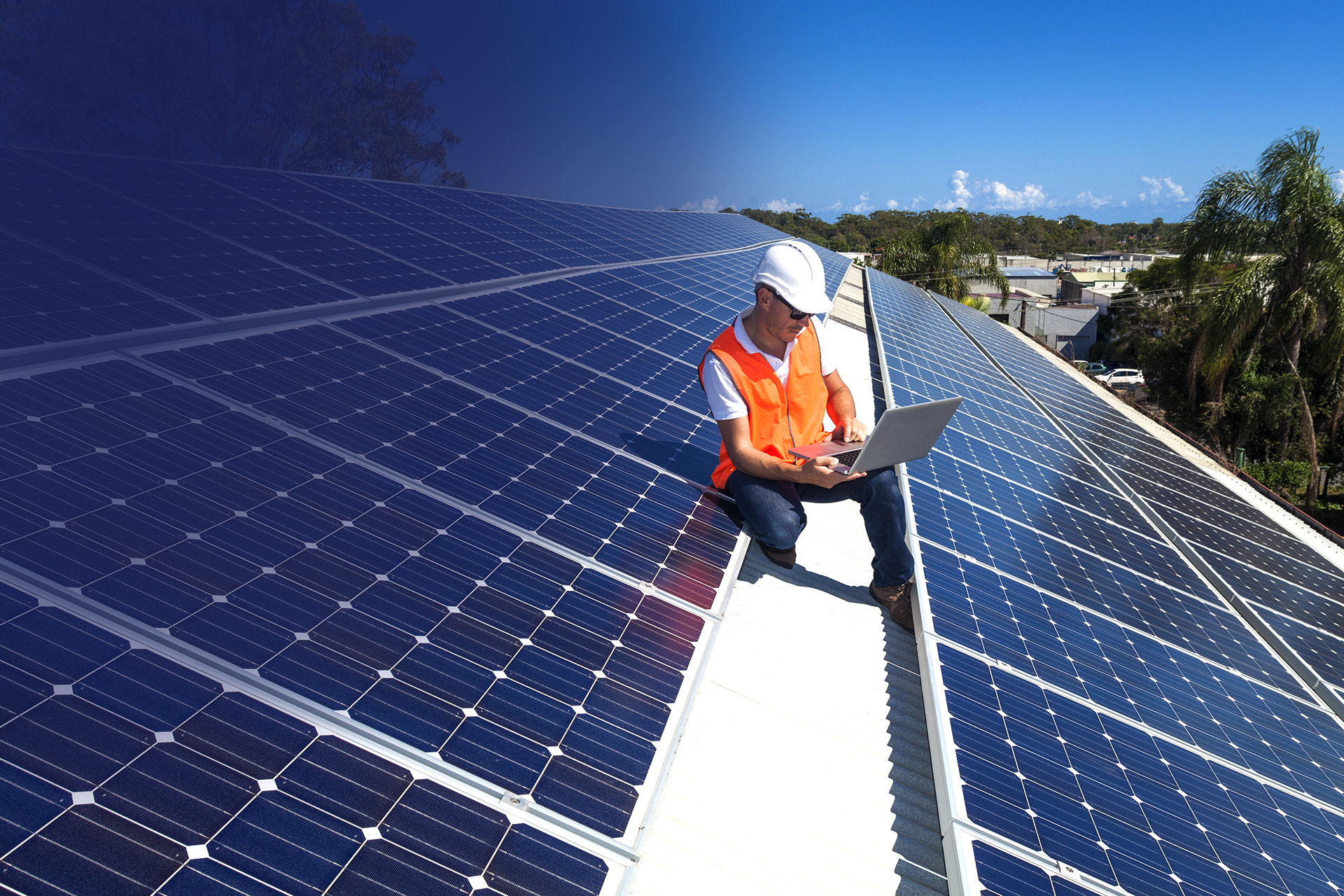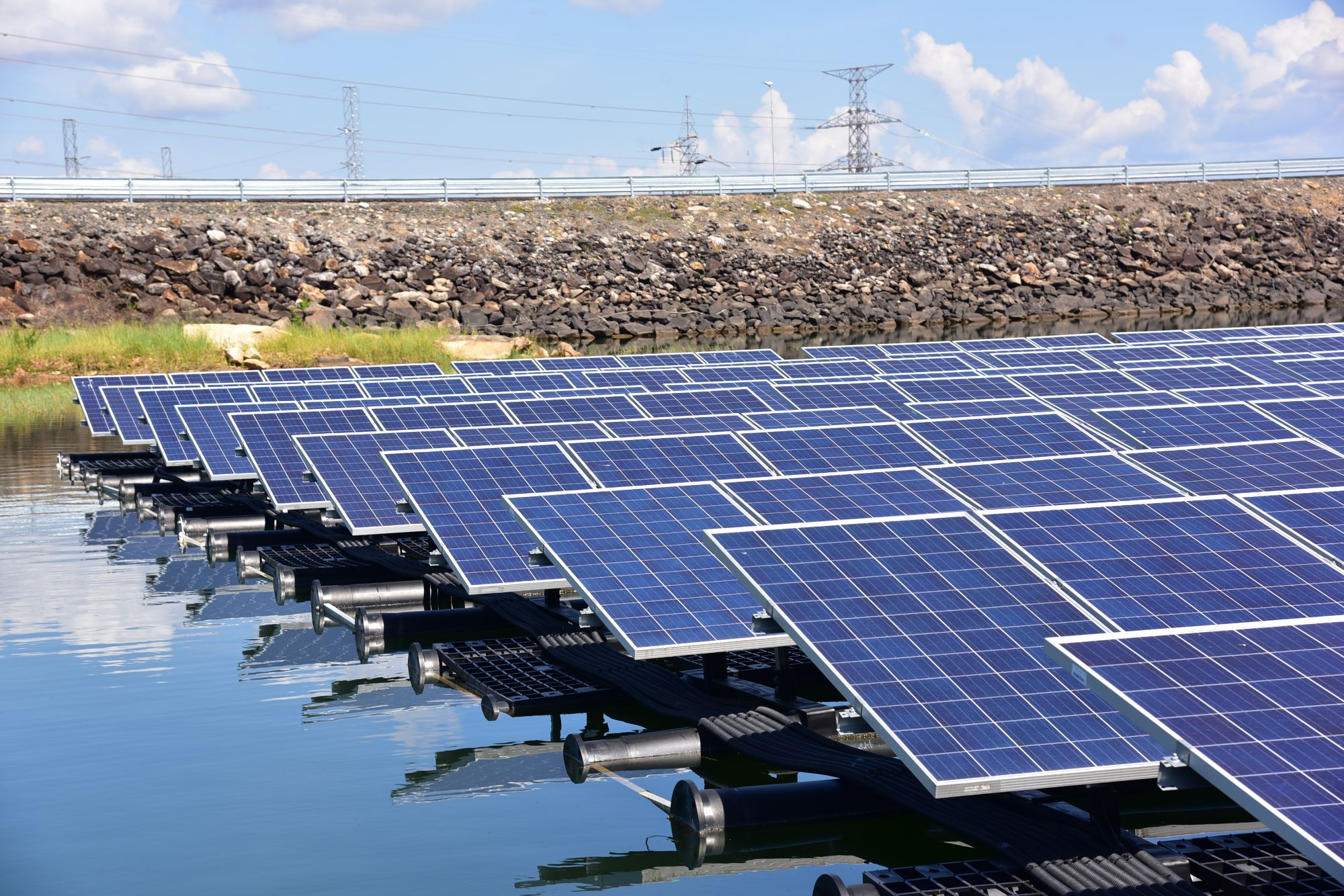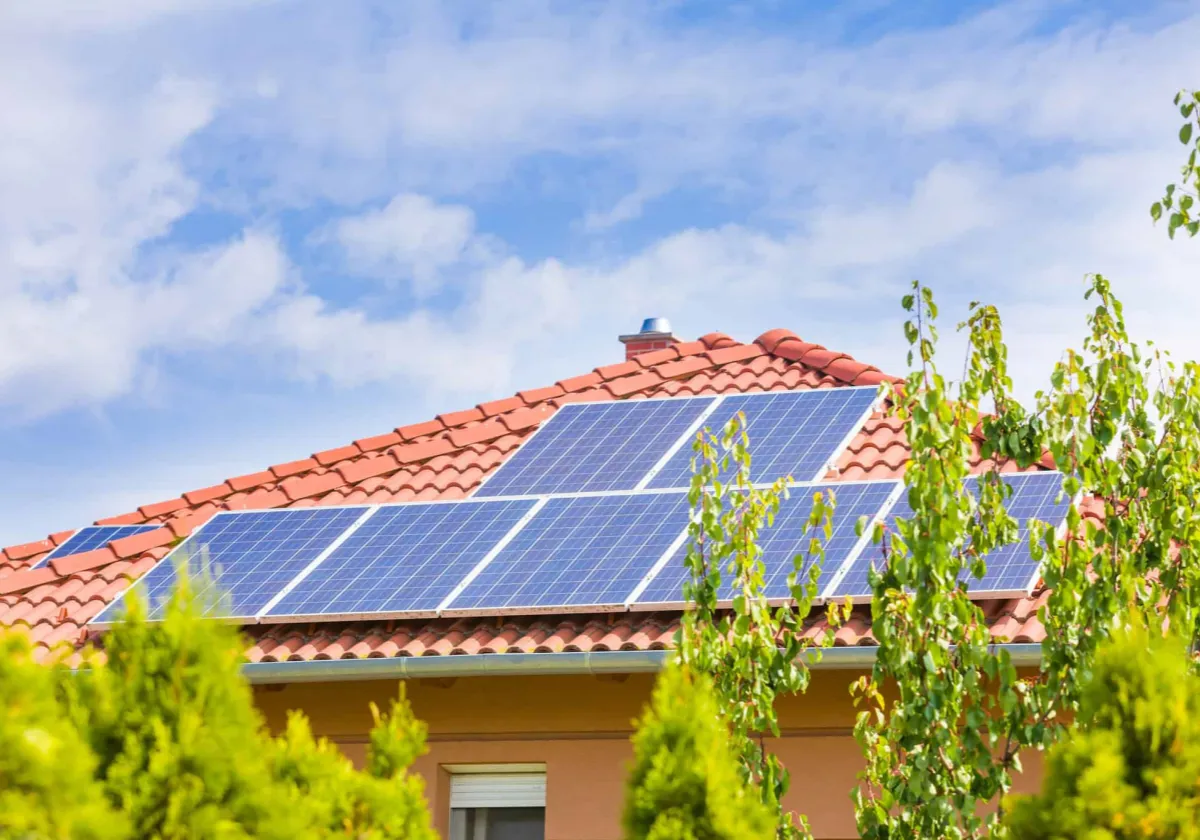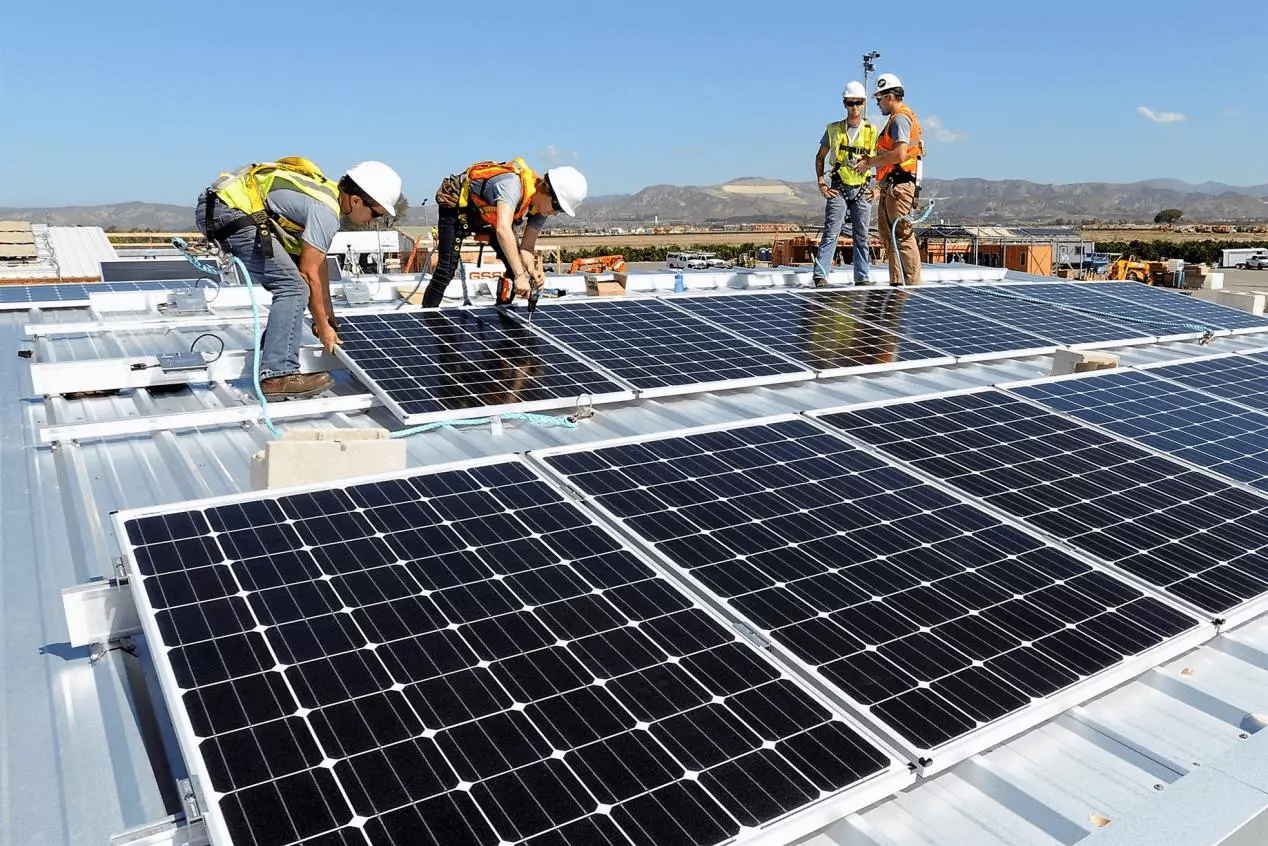Cost Composition of Electrochemical Energy Storage Power Station
Cost Composition of Electrochemical Energy Storage Power Station
The whole life cycle process of electrochemical energy storage power station includes project construction stage and project operation stage. On the one hand, it is necessary to analyze the cost composition of the electrochemical energy storage power station; on the other hand, it is necessary to analyze the parameters affecting the calculation of various costs.
1. Construction cost
The construction cost of an energy storage power station, also known as the system cost, refers to the cost of an energy storage system per unit capacity. It mainly consists of equipment installation cost (including battery cost) and construction cost (excluding land cost).
Energy storage equipment includes energy storage batteries, battery management systems, energy storage inverters and power distribution systems, etc. The purchase cost of these equipment constitutes the equipment installation cost. The electrochemical energy storage system is mainly composed of a battery pack, a battery management system (Battery Management System, referred to as BMS), an energy management system (Energy Management System, referred to as EMS), an energy storage inverter (Power Conversion System, referred to as PCS) and other electrical components. Equipment composition.
Construction costs mainly include construction engineering fees, installation engineering fees, and equipment and facility design and commissioning fees. The battery cost accounts for a relatively large proportion of the equipment cost. At the same time, the operation and maintenance of the battery and the replacement of the fault are highly professional. The lease term of the battery is ten years; the battery manufacturer is responsible for daily operation and maintenance and free replacement of faulty batteries during the lease period, and the investor pays the cost of the battery annually. In the process of calculating the energy storage construction cost, the total construction cost reduction ratio, unit energy construction cost and energy storage capacity parameters should be considered.

2. Charging cost
The charging cost of the energy storage power station refers to all the expenses incurred during the charging process. When charging, since the energy conversion efficiency cannot reach 100%, the cost of energy loss is generated. Therefore, this part of the cost mainly depends on the energy conversion efficiency. For example, the charging electricity fee is 1 unit price per kWh, and the total energy cost for an energy storage device with an efficiency of 75% is: 1/75% = 1.33/kWh. To calculate the charging cost of energy storage, it is necessary to consider charging electricity price, equipment utilization efficiency, annual discharge capacity of energy storage system and energy conversion efficiency parameters.
3. Operation labor costs
In some cases, energy storage equipment may require human labor to operate. Within a certain range, the fixed labor cost has nothing to do with the size of the stored electricity, and the total cost is invariant. Variable labor costs are proportional to the frequency and duration of storage usage. In many cases, the calculation of labor costs for battery energy storage power stations is mainly based on the size of energy storage equipment and storage capacity, and there is no clear value standard for the time being. According to the research of Yang Haibo and others, the labor cost of energy storage power station operation can be calculated through the unit labor cost and the number of employees to obtain the energy storage power station operation labor cost.
4. Operation and maintenance costs
The operation and maintenance cost of the energy storage power station is the cost required to maintain the energy storage power station in a good standby state. The cost includes cleaning costs of photovoltaic panels, power station management, maintenance costs, etc. The fixed maintenance cost is the same regardless of how much storage is used. Variable maintenance costs are proportional to the frequency and duration of storage usage. The cost of operation and maintenance is generally obtained by multiplying the initial investment by the rate of transportation and inspection. Considering that the ESS has a limited service life, the system will experience certain wear and tear during operation, resulting in system life loss costs. Therefore, when calculating the operation and maintenance cost of an energy storage power station, it is necessary to comprehensively consider parameters such as the total construction cost reduction ratio, operation and maintenance fee rate, unit energy construction cost, and energy storage capacity.
5. Utility power cost for energy storage
The plant electricity cost for energy storage is the cost of electricity used by the energy storage power station for energy storage. The cost of purchased electricity incurred by the power plant to maintain the operation of the energy storage power station, including purchased electricity, self-consumption electricity, and related salary and management expenses. In the process of calculating the factory electricity cost for energy storage purposes, parameters such as the annual average electricity consumption rate, the proportion of energy storage power station electricity used for energy storage to factory electricity consumption, charging electricity price, and energy storage capacity should be considered.
6. Replacement of energy storage battery and equipment cost
In the electrochemical energy storage project, the battery of the energy storage element needs to be replaced many times during operation because of the small number of cycles, which results in the cost of replacing the energy storage battery and equipment (Replacement cost). Under normal circumstances, the service life of batteries and equipment is shorter than the project cycle of the energy storage system, so the replacement cost of the battery needs to be considered during the operation cycle of the project, including the purchase cost of updated materials and equipment, installation costs, and worker compensation costs. Replacement costs are considered variable costs, and their magnitude depends primarily on the age of the battery and how often it is used. If calculated according to the 6,000 cycle life of lithium-ion batteries (lithium iron phosphate) and charging and discharging twice a day, the batteries need to be replaced every 10 years. When the energy storage battery exceeds the service life, it is uneconomical and not environmentally friendly to replace all the batteries.
Therefore, in actual operation, a certain capacity is added every year according to the annual decay rate of the battery to ensure the available capacity of the energy storage system. The cost of replacing energy storage batteries and equipment can be calculated from the annual cost of battery replacement, the capacity of the energy storage device, and the conversion efficiency of the energy storage device. Among them, the factors that affect the annual cost of battery replacement include replacement cost, replacement cycle, return on investment period, discount rate, number of battery charge and discharge cycles, and annual operating days of the battery. Due to the limited number of battery charge and discharge cycles, the battery capacity will gradually decay, and the battery needs to be replaced frequently during the operation of the energy storage system. Therefore, the cost of battery capacity decay and the time value of funds need to be considered. However, because different types of energy storage batteries have different life cycles, and their actual life is related to factors such as charge and discharge depth and charge and discharge times, there is uncertainty. Therefore, this parameter is determined according to its influencing factors in actual use.
7. Assessment cost
From the point of view of the whole life cycle cost, the assessment fee that is not considered in the traditional cost electricity price model is a part that cannot be ignored. According to the “Shandong Power Grid Photovoltaic Power Station Dispatch Management Regulations (Trial)”, the daily power generation dispatch plan curve and dispatch instructions issued by the provincial adjustment should be strictly implemented, and the active output should be adjusted in time. The actual output and the dispatch plan deviate according to the curve Breach of contract assessment. The assessment cost calculation should take into account the dispatch assessment fee, the electricity penalty price, the planned output of the solar-storage power station, and the grid-connected power of the solar-storage power station.

8. Disposal costs
When the life of each part of the energy storage system is exhausted, it needs to be treated harmlessly, and the capital invested is the disposal cost. The cost is mainly divided into two aspects: environmental protection expenses and residual value of equipment. The cost of recycling batteries is the cost of environmental protection, and the initial investment cost and recovery coefficient will determine the residual value of the equipment. At present, my country’s battery recycling industry has not yet formed and is in development. For this reason, most waste components have not been effectively disposed of, and these wastes will pose a great threat to the natural environment and human health. The existing waste battery treatment methods mainly include solidification and deep burial, storage in abandoned mines and resource recovery. According to foreign experience, the decommissioning costs associated with any storage system cannot be ignored. Batteries at end of life must be disassembled to remove chemicals. Ideally, the dismantled battery and its chemicals could be recycled, which would offset some of the dismantling and disposal of hazardous materials, but ultimately the costs associated with disposal should be included in the overall cost of the storage plant.
In the foreseeable future, the impact of recycling value on the economics of battery energy storage will be greater and greater, due to the establishment and improvement of energy storage battery recycling mechanisms. For example, lead-carbon batteries, with the development and progress of lead recycling technology, lead-carbon batteries can achieve 100% recovery, and the residual value of equipment can reach 20% of the initial investment. However, the recycling of waste lithium batteries faces many problems. Its recycling technology is complicated and the cost is high. At present, there is no good recycling plan, no clear recycling value, and the residual value of the equipment can be regarded as zero. Therefore, the purchase price per unit capacity, the rated capacity of the energy storage system, the price of energy storage inverter per unit power, the cost of auxiliary equipment per unit power and the residual value rate parameters should be considered in the calculation of energy storage disposal cost.
9. Other costs
The cost of energy storage power stations also includes other costs such as financial costs and taxes. The financial cost is mainly the interest expense generated by the long-term loan of the energy storage power station. The calculation of interest expenses should consider the loan ratio, scheduling period, repayment period, loan interest rate and initial investment parameters. Tax expenditures should be considered in the operation of energy storage power stations. Taxes mainly include value-added tax, income tax and sales tax surcharges. Among them, sales tax surcharges include urban maintenance and construction tax and education surcharges.






